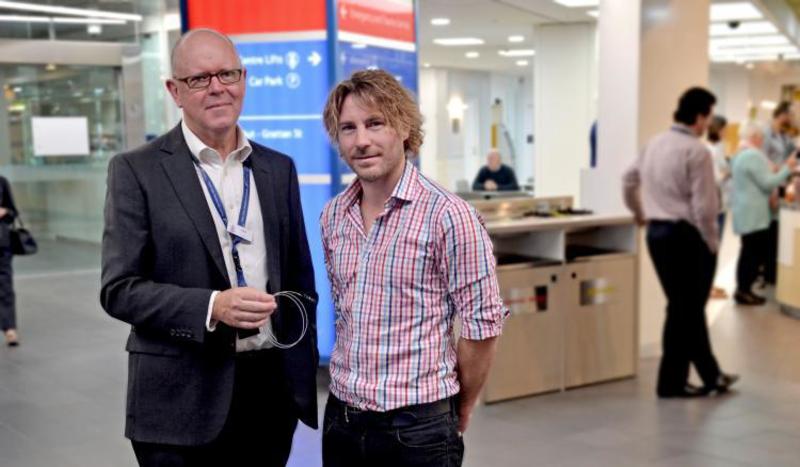
Synchron has launched the first clinical trial of its neural interface technology Stentrode.
Designed to help severe paralysis patients communicate, Stentrode records brain activity and streams thoughts wirelessly. The device is implanted in a blood vessel in the area of the brain associated with movement without the need for open surgery.
The clinical trial will assess the safety of thought-to-text technology by studying the Stentrode device alongside BrainOS, a piece of software that captures signals and transmits data to an artificial intelligence (AI) programme. This could aid the patient to communicate and control a computer.
BrainOS is an AI-based modular training software that can be used to manage assistive technologies directly via thought.
Synchron CEO and study director Thomas Oxley said: “The initiation of this trial is a milestone for the technology industry and points towards a new form of treatment for people with paralysis. There are currently no means for recovery for patients beyond the natural healing process.
“The coupling of the Stentrode with our BrainOS technology represents a potential solution to enable people to regain control of their world, but with digital means. For people who have lost the ability to communicate, this technology could be life-changing.”

US Tariffs are shifting - will you react or anticipate?
Don’t let policy changes catch you off guard. Stay proactive with real-time data and expert analysis.
By GlobalDataThe trial is set to enrol five patients that lost motor function due to paralysis caused by conditions such as spinal cord injury, stroke, muscular dystrophy and motor neuron disease.
The study is being conducted at The Royal Melbourne and Bethlehem Hospital. It will assess Stentrode’s safety and the stability of high-fidelity signals from the brain to external communications technologies.
Trial principal investigator and The Royal Melbourne Hospital Neurointervention Service director Peter Mitchell said: “If this trial can successfully provide a brain-to-computer interface, it would allow people with these kinds of injuries and diseases to communicate, this would be amazing.”
In preclinical studies, Stentrode showed long-term safety and was able to capture specific electrical frequencies emitted by the brain.



